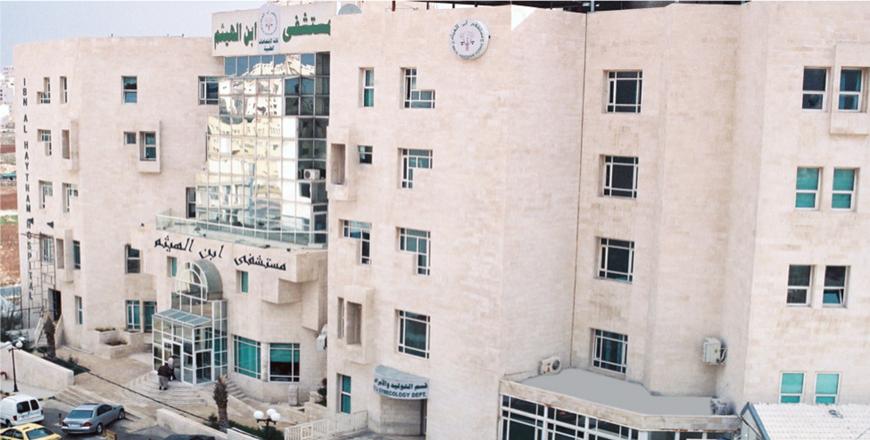You are here
'Informal economy constitutes around 25 per cent of national income'
By Bahaa Al Deen Al Nawas - Feb 02,2020 - Last updated at Feb 02,2020

Jordan’s informal economy contributes around 25 per cent of the national income, according to a recent study by Al Quds Centre for Political Studies (File photo)
AMMAN — Jordan’s informal economy contributes around 25 per cent of the national income and employs around 46 per cent of the Kingdom’s total workforce, according to a study recently conducted by two researchers from Al Quds Centre for Political Studies.
Upon request, the centre shared the unpublished draft of the policy paper with The Jordan Times, titled “State of the Informal Sector in Jordan: Opportunities for Integration”, conducted by researchers Bashar Suboh and Hussein Abu Rumman.
In a statement, the centre said the study was conducted with three goals: Assessing the volume of the informal economic sector and the workers it employs, determining the factors that led to its establishment and development and exploring ways to integrate said sector into the formal economy.
“Very few studies have tackled the informal sector in Jordan, and even fewer have done so on the national level,” the study said in the introduction.
Defining the concept, the study says that “in very general terms, the informal economy is the unregulated, non-formal portion of the market economy, which produces goods and services for sale or for other forms of remuneration”.
It adds that the concept thus refers to all economic activities by workers and economic units that are — in law or in practice — not covered or insufficiently covered by formal arrangements.
The study aims “to give researchers, decision makers and all relevant actors a comprehensive understanding of the scale of the informal sector compared to the national economy as a whole, and of its significant contribution in absorbing ‘surplus labour’, both local and foreign,” according to the foreword.
To achieve the goals of the USAID-backed study, the researchers adopted a number of interrelated methodologies, including literature review, focus group discussions with experts, specialists and workers in the sector and direct interviews with a sample of workers in the informal sector.
The study used various models of the “money supply” methodology to create an accurate assessment of the size of the informal economy, the researchers said in the foreword, noting that for this purpose, it covered the period from 1976 until 2017.
The latest version will be available under publications on http://www.alqudscenter.org/, according to the centre.
Related Articles
AMMAN — Medical services accounted for JD0.5 million of the JD1.1 million after tax profit generated by Ibn al-Haytham Hospital during the f
AMMAN — A recent research report prepared by the Phenix Centre for Economics and Informatics Studies (PCEIS) revealed that the absence of th
AMMAN — A study titled “Working Women in Agriculture” said that 92 per cent of women workers in the agricultural industry receive income les















